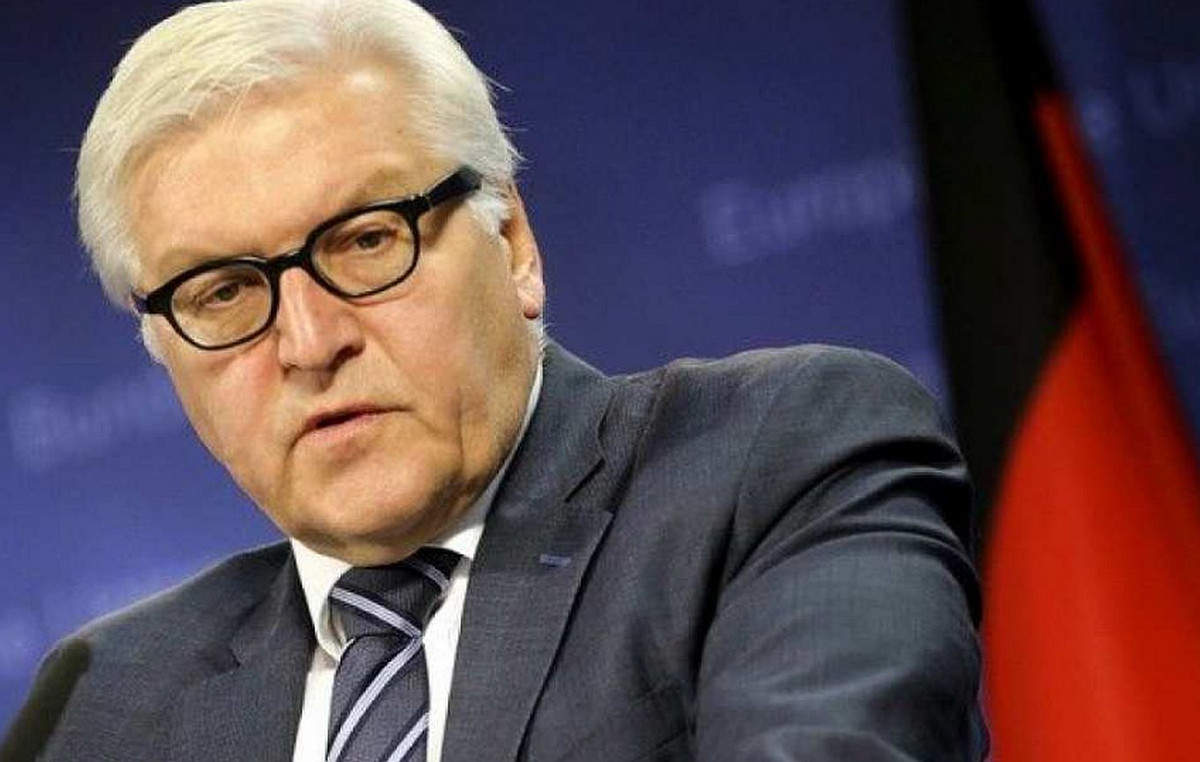Five decades after revolutionizing the market, the Intel 4004 is a symbol of the galloping rhythm of the computational world. On November 15, 1971, the company launched its first commercially available microprocessor, with 2,000 transistors, hardly close to today’s parts, which number in the tens of billions on a surface area of a few square centimeters. Now, this technology is face to face with new paradigms.
Going back 50 years in time, Intel’s historic step proved to be a milestone for industry, pointing the way to a series of innovations that enable super-powerful processors in the palm of your hand, inside cell phones, and also in various devices of everyday life.
“Too simplistic for today, with 4 bits, the 4004 could only do whole numbers from 0 to 15. It was a very limited numerical representation capability. But, at the time, it was a revolution”, says Eduardo Todt, electronic engineer and professor of Computer Architecture at the Federal University of Paraná (UFPR).
Since the invention, it was possible to create softwares to centralize tasks. The first application of the microprocessor was in the electronic calculator.
“The 4004 had a transforming role in the technology industry and in people’s lives. It was like an engine of digital transformation”, says Carlos Augusto “Guto” Buarque, marketing director at Intel Brasil.
For him, connected life — from the everyday use of desktops, going through the concepts of internet of things, smart home and machine learning, until reaching the use of supercomputers to perform complex simulations — it is a consequence of the evolution of microprocessors combined with other technologies.
What we have today, few science fiction writers imagined back in the 1970s
Carlos Augusto Buarque, director of Intel Brazil
The calculator that revolutionized hardware and software
The Intel 4004 was born out of a demand from Japanese manufacturer Nippon Calculating Machine. In 1969, she asked Intel to create a set of integrated circuits for her new calculator.
The original project called for 12 processors, but the Intel team — Federico Faggin, “Ted” Hoff and Stan Mazor — chose to create a set of four processors. One of them was the one that incorporated the CPU (central processing unit) 4004.
The processor, the size of a human fingernail, could be programmed more flexibly and therefore could perform more than a single task—such as calculating the square root of a number.
“The 4004 could be used in a more customizable way by software. So he represented a revolution for both the hardware how much for the software”, Says Buarque.
Moore’s Law: Living, Dead or Transformed
A few years before the launch of Intel 4004, in 1965, Gordon Moore, the multinational’s co-founder, wrote an article in which he predicted that the complexity of an integrated circuit’s components would double each year. The observation became known as Lei de Moore.
In 1975, four years after the appearance of the microprocessor, Moore revised the law, making a prediction that every two years there would be, for the same cost, twice as many transistors on a circuit board — basic units of an electronic circuit, that work like a switch that turns the circuit on and off, making logical operations.
This means that, under the law, processors would be increasingly powerful and transistors would be manufactured in progressively smaller sizes.
The forecast came true and, more than that, it became a goal that industries aspired to achieve. Thus, the search for increasing the processing capacity of computers, in the proportions described by Moore, provoked an expansion in technological development.
However, the rates cannot, in principle, be maintained indefinitely, as there must be a limit to transistor size reduction. This consideration has brought to light the debate about the possible demise of Moore’s Law.
“It’s been 30 years since we think we’re at the limit of our technical capacity”, says Todt. The professor believes that, at some point, this maximum will be reached, but he doesn’t risk betting on a date.
While the end doesn’t materialize, transistors keep shrinking, reaching sizes like five nanometers (each nanometer equals 10⁻⁹ meters), like the product due to be released in 2022 by Advanced Micro Devices (AMD).
At Intel, there is still no question of setting a limit on size, much less considering the death of Moore’s Law, since the multinational relates its co-founder’s prediction much more to the processor’s performance curve than to the size of transistors .
Here, we know that Moore’s Law is not dead. There are several new technologies that allow us to continue innovating
Carlos Augusto Buarque, director of Intel Brazil
And there are multiple alternatives designed to “overcome” Moore’s Law and find new ways to continue innovation and increase processing capacity.
Todt cites parallel processing (which takes place simultaneously from multiple cores) and vertical integrated circuits (when one transistor is placed on top of another).
Other alternatives considered by big techs are the quantum computing, a neuromorphic computing, new transistor layouts (seeking better performance and lower energy consumption) and replacement of silicon with other materials that could be used on boards, like graphene.
“In the case of graphene, there are many issues to think about, such as where it comes from, what is the cost and what are the advantages”, lists Buarque. “Today, we still cannot say that graphene is the material that will replace silicon.”
Challenges and Advantages of Quantum Computing
Unlike traditional computers, which record information from the passage of electrical currents passing through transistors, quantum computers obtain this information from phenomena related to atoms, photons or subatomic particles.
This type of computing is an alternative for technological development, although it entails new challenges. Among them, Todt cites the need for these computers to be in controlled environments, kept at very low temperatures, such as -272°C.
Another challenge is the demand for a new way of thinking about cryptography, as the forms of data protection that exist today would no longer be effective.
“All the security we have is based on algorithms, on things that are very difficult to calculate. If you have quantum computing, you can do these calculations on the spot, and the current cryptography is gone”, highlights the professor.
For Buarque, quantum computing is still far from replacing the traditional one, due to its complexity and high costs. Still, it can have advantages. “Even if quantum computers are restricted to data centers, they can have direct consequences for people, resulting, for example, in more connectivity and in medical applications that can generate personalized remedies”, he comments.
“We have quantum computing on the horizon, but we’re not close yet,” says Todt. “I wouldn’t say that in five years there will be big quantum computers or anything like that. But we might be surprised by some other technology”, he supposes.
In addition to quantum, one type of computation in studies is neuromorphic, with electronic circuits that mimic the way the human brain works.
The pattern sought in this model is not focused on the speed of processing and calculation as in conventional computers, but it is more efficient in other types of tasks, such as object recognition. “This is another area that can bring a technological revolution”, says Buarque.
Luciano Silva, a professor at Insper, points to three lines of research — some more, others less developed — that emerge as trends for the future of computing: quantum processors, photoeletronics (based on light) and bioeletronics.
In the latter case, which seems the most distant from the present to Silva, silicon is replaced by DNA, RNA or proteins. “The advantage of these molecular computers is that, in these materials, I can put much more information than 0 and 1”, he explains.
A supercomputer with GPUs is currently being assembled at AMD (graphics processing units) with 58 billion transistors. The equipment must be able to perform 1018 calculations per second.
It is a technology that has practical implications for people’s daily lives. “It seems to be in the stratosphere, but it is in real life”, assures Santos.
It is based on everyday problems that the human being behind the machines seeks technological innovation. “The value of technology is how it improves people’s lives. It exists to find answers to the problems we have,” says Buarque.
He believes that some of the innovations that may bring solutions in the future are devices that can capture ambient sounds and transmit them to the brain, helping people with hearing impairments, and the creation of personalized medicines, based on the characteristics and needs of each person.
“This requires huge processing power,” he says. “In order not to be expensive, the technology must be massified.”
According to Santos, this enormous processing power means that gigantic simulations, which previously would take months to complete, can take hours or days. This would impact several sectors, such as pharmaceuticals, as medicines could be produced and tested more quickly.
Another example is the crash tests (impact tests) of the automobile industry. “We can do thousands of virtual simulations before doing real world simulations, crushing metal. With this technology, we get safer products, faster,” says AMD’s national manager.
He points out that these tests are also used in the production of vaccines. “We saw suspicious people because, in the past, it took years to produce a vaccine, and now it takes months. But this is due to the increase in computational power, which is used precisely for this, to accelerate these processes”, he argues.
With the growth of computing power, according to Santos, it is necessary to take into account the environmental impact of advancement. “We know that the planet suffers to generate energy. So, today we have users who are more aware of the ecological issue”, he says.
Ways of using less energy or placing more transistors in the same space, whether on the surface or stacked, on a silicon slab or other material, are the challenges that lie ahead for the next 50 years.
Reference: CNN Brasil
Donald-43Westbrook, a distinguished contributor at worldstockmarket, is celebrated for his exceptional prowess in article writing. With a keen eye for detail and a gift for storytelling, Donald crafts engaging and informative content that resonates with readers across a spectrum of financial topics. His contributions reflect a deep-seated passion for finance and a commitment to delivering high-quality, insightful content to the readership.







